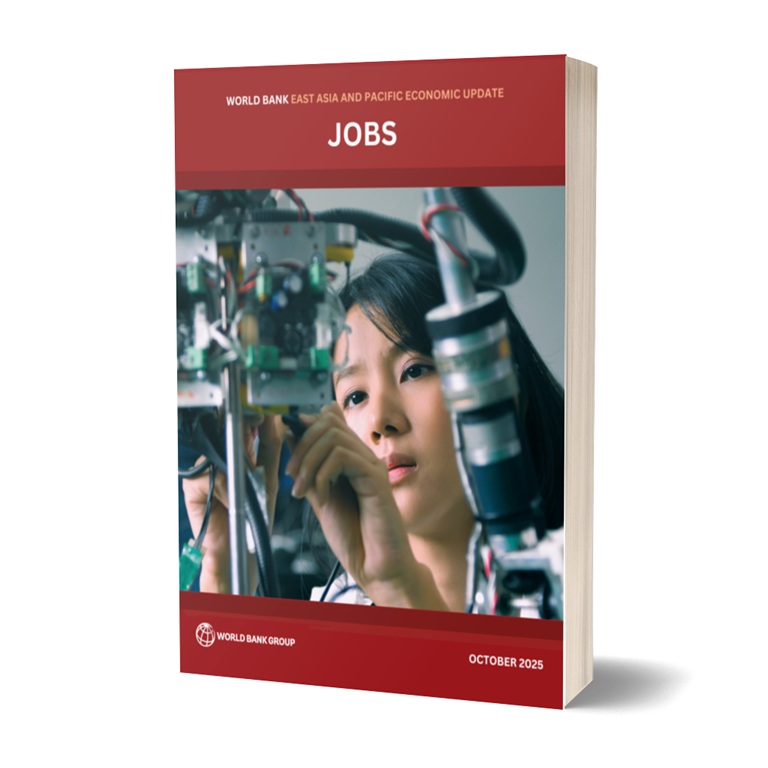(1) Policies to boost productivity, expand economic opportunities, and strengthen resilience by harnessing technological change, advancing domestic reforms, and deepening international cooperation;
(2) Policies to support labor markets harness the productivity potential of new digital technologies.
(3) Policies to support firms leverage new technologies and help spur EAP firms productivity so they can catch up with global leaders.
(4) Policies to harness the potential of services to drive economy-wide growth and job creation
(5) Policies to face up to the major challenges of de-globalization, aging and climate change
(6) Policies to address new and old distortions in the areas of food, fuel and finance.
(7) Policies to encourage technology diffusion and adoption
(8) Creating opportunities for firms and ensuring inclusion to promote equitable growth;
(9) Trade reform, especially of still-protected services sectors—finance, transport, communications—to enhance firm productivity, avert pressures to protect other sectors, and equip people to take advantage of the digital opportunities whose emergence the pandemic is accelerating;
(10) Financial sector policies to support relief and recovery without undermining financial stability;
(11) Support for firms to prevent bankruptcies and unemployment, without unduly inhibiting the efficient reallocation of workers and resources;
(12) Social protection to help households smooth consumption and workers reintegrate as countries recover;
(13) Smart schooling to prevent long-term losses of human capital, especially for the poor;
(14) Smart containment of COVID-19, especially through non-pharmaceutical interventions like testing-tracing-isolation;
(15) Climate policy to build back better;
(16) Fiscal policy for relief, recovery, and growth;
(17) Vaccination to contain COVID-19.






